Learn more about Limpets
Posted by Spotty Otter on 12th Jul 2023
Hi I’m Carmy and one of my favourite things to do with my son is to go rock pooling. It’s like going on one big crustacean treasure hunt!
However…there is one particular conical shaped gastropod that simply AMAZES me and that is the Common Limpet (Patella vulgata).
Limpets can be found throughout the year along the British coastline clinging to their rocky homes. At some point you have probably tried to prise them off their rock before realising this is an impossible task and moved on to befriending a hermit crab instead!
But…they do move…and they leave a trail!
Did you know that limpets have a ‘home’ a favourite spot to rest. When the tide is in they move around, leaving a slimy trail as they go. As the tide goes out they return to this spot by following their trail. You will find a ‘home scar’ on their rock, this has been created by the edges of their shell.
Common Limpet facts
1: Their lifespan is 10-20 years (when living on rocks)
2: The earliest fossil records of them date back to the Middle Ordovician (approx. 450 million years ago!)
3: Their primary predators include crabs, lobsters, otters, seals, starfish, and coastal birds
4: They eat algae and seaweed and control the rate of algae growth in the area.
5: They have a strong muscular foot that clings to rocks
5: Their bottoms are in their head!
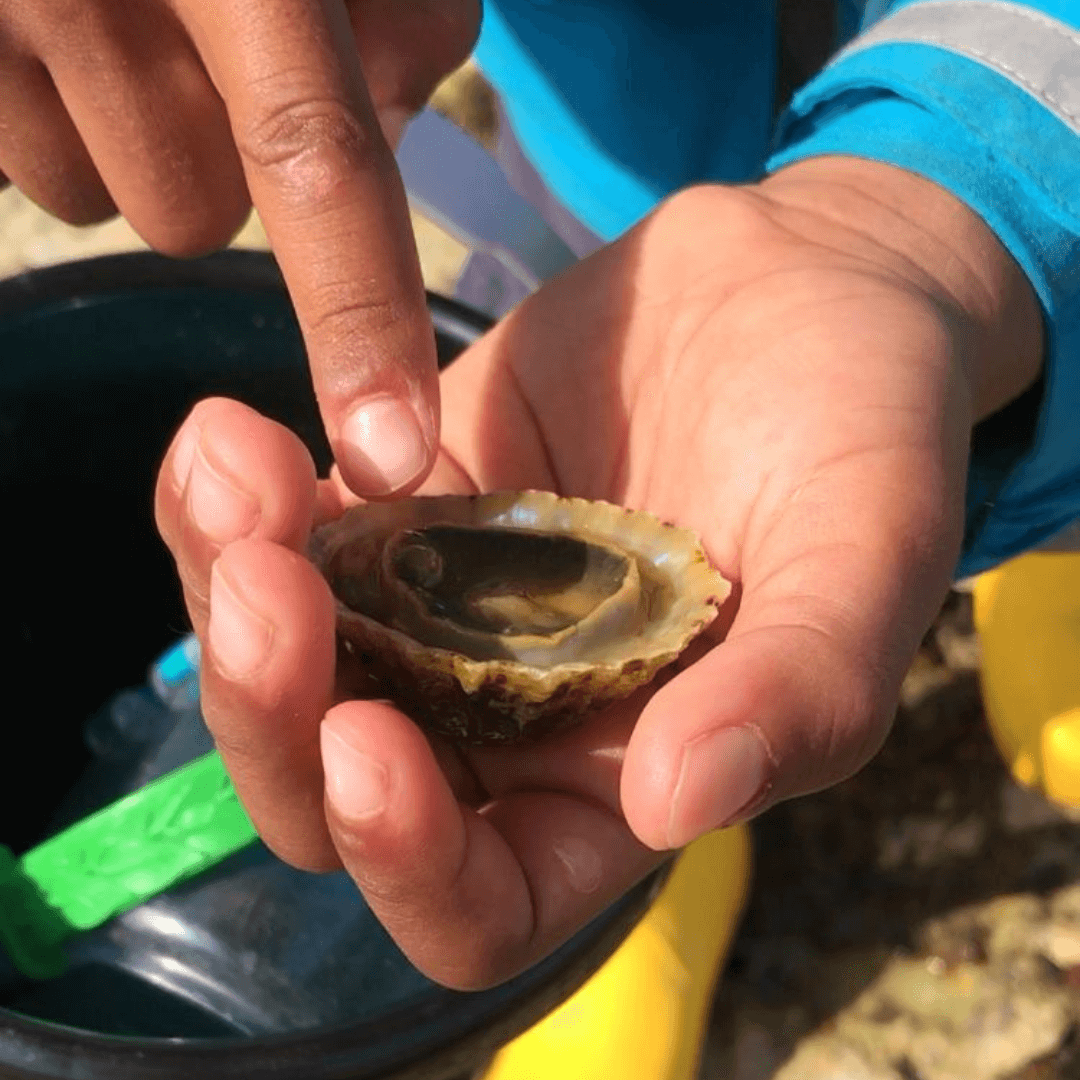
Their tongue is the world’s strongest known biological structure! WOAH! We need to talk more about those last 2 facts, let's start at the bottom…their bottom…
Due to the size of their protective shell and muscular foot it leaves very little space for everything else. As a result, their bottom is situated close to their heads! This space is known as the nuchal cavity. They have to compact their faeces to avoid soiling this cavity…with their own poo.
So what was that about their tongue being the WORLD’S strongest biological structure?
Read on….
Limpets feed with a tongue (known as a radula), the radula has hundreds of rows of tiny ‘teeth’ attached. These teeth are made from a mineral-protein composite which includes iron and are used to scrape the algae off rocks. The teeth have a *tensile strength value that is roughly 13 times greater than steel.
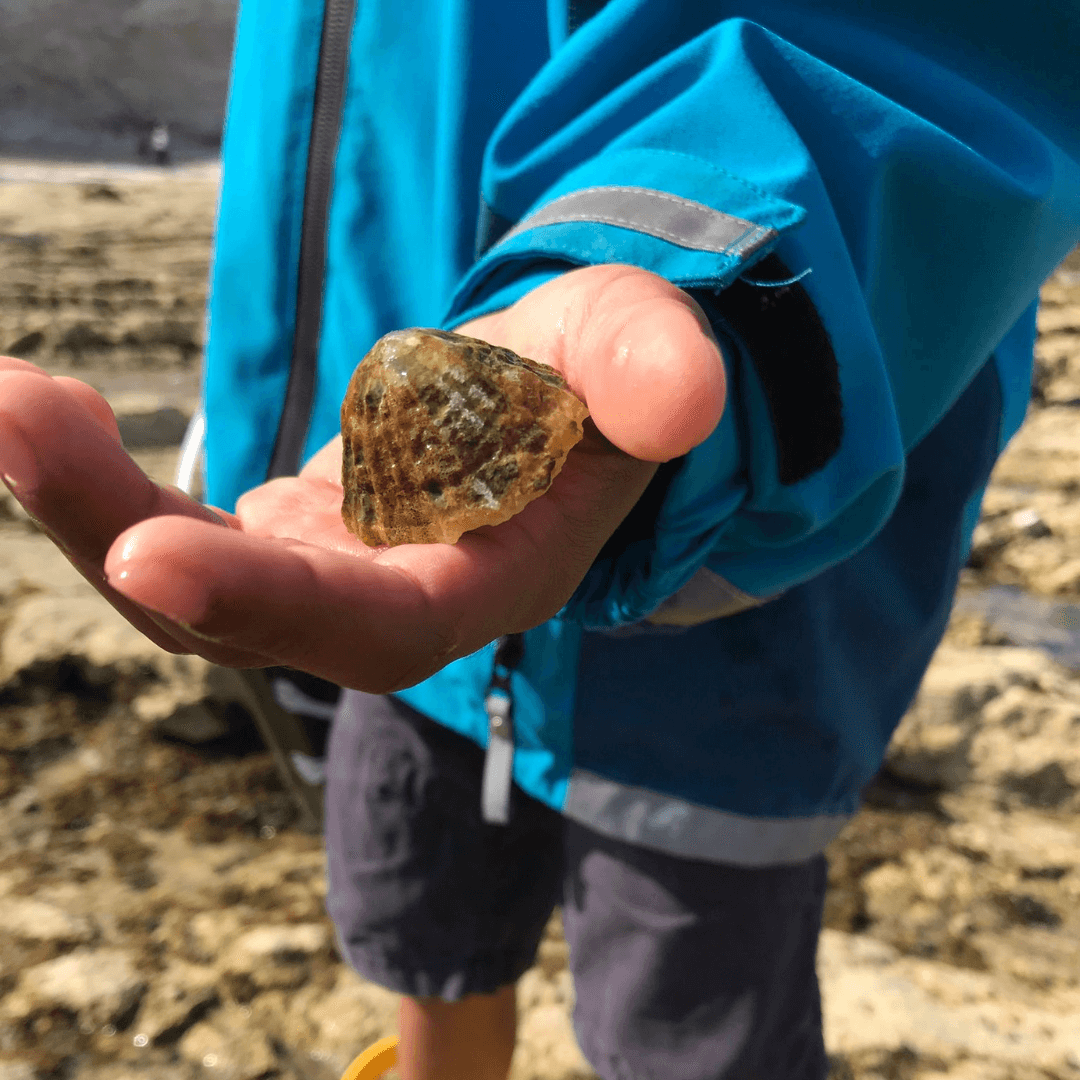
In fact, their teeth are so strong they roughly match the pressure required to turn carbon into diamond below the Earth's crust. Researchers found that a limpet's teeth are replaced as they age on rotation like a conveyor belt, with each row being replaced once every 47 hours! The fully mature teeth are always located in the ‘scraping zone’, this is the very front of the radula.
Take a look at other marine life we have found whilst rock pooling-
Velvet swimming crab
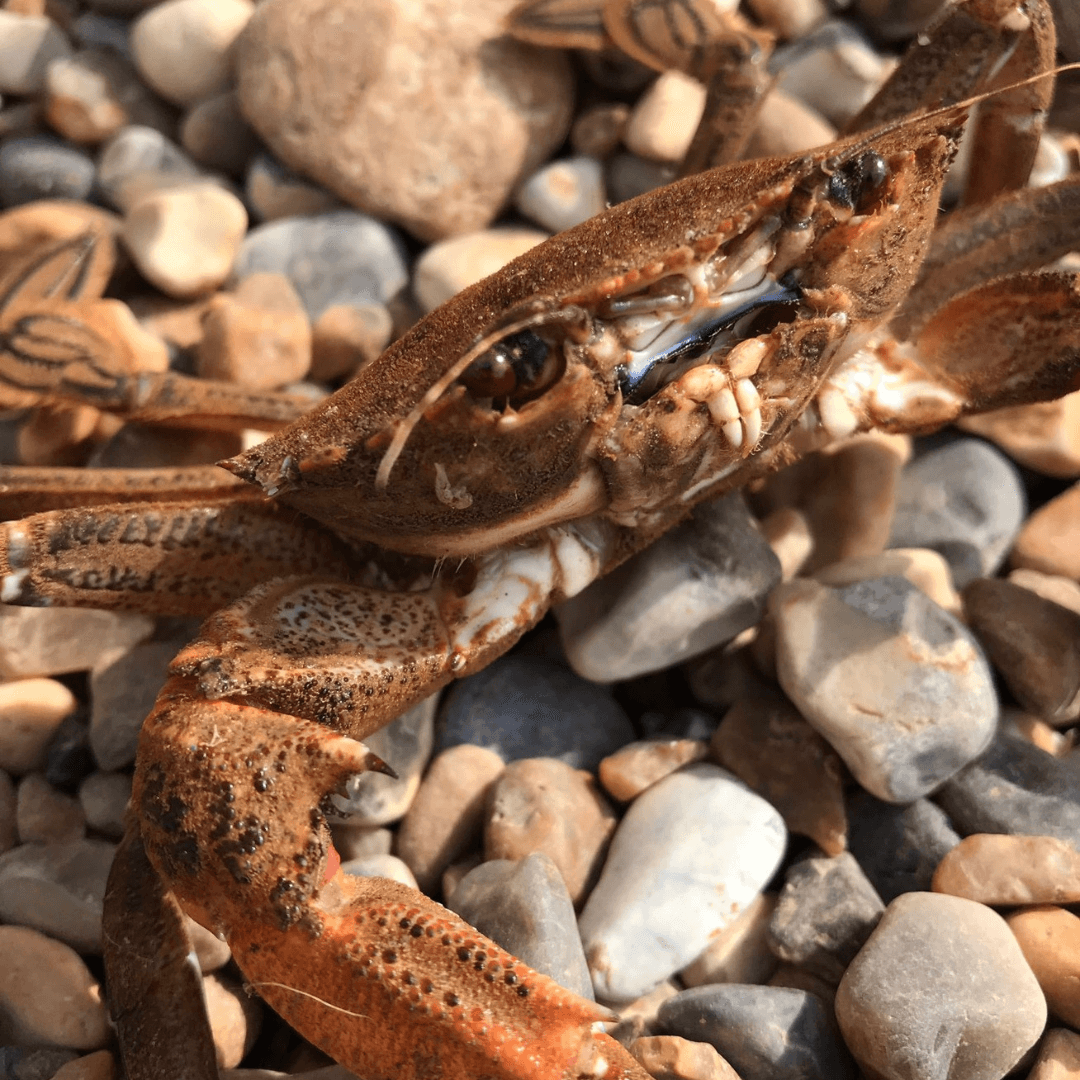
Beadlet anemone
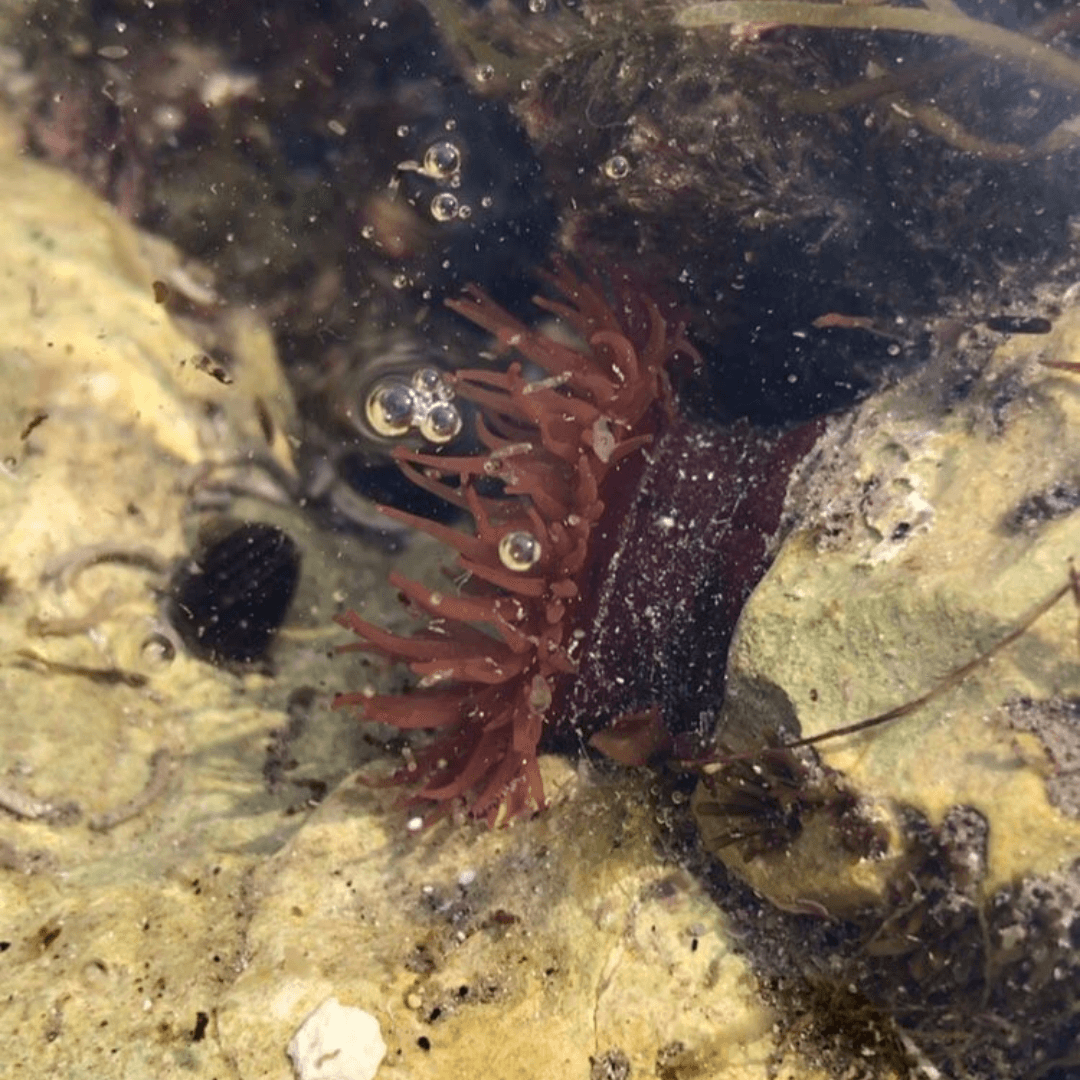
Compass jellyfish
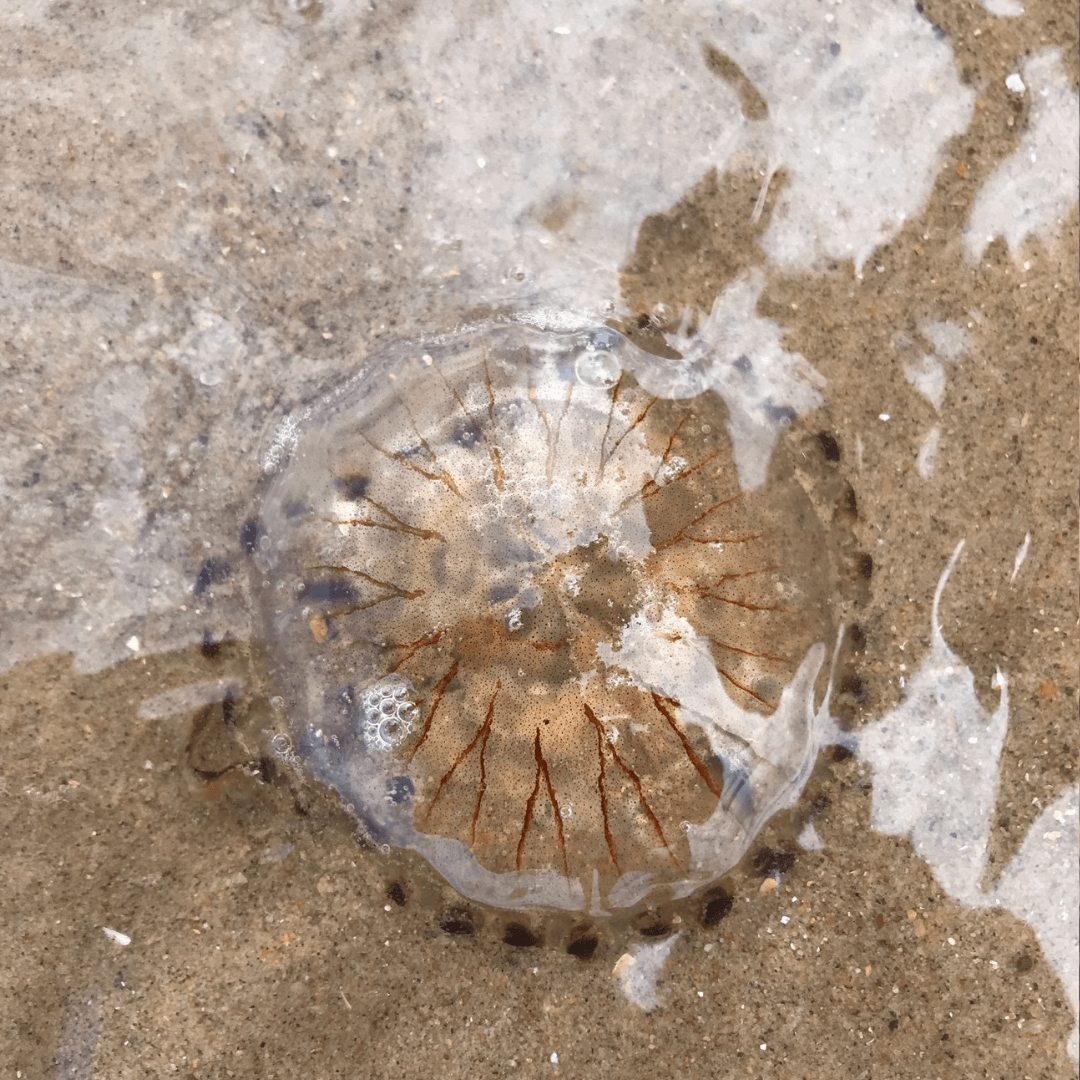
Kelp & LOTS of it!
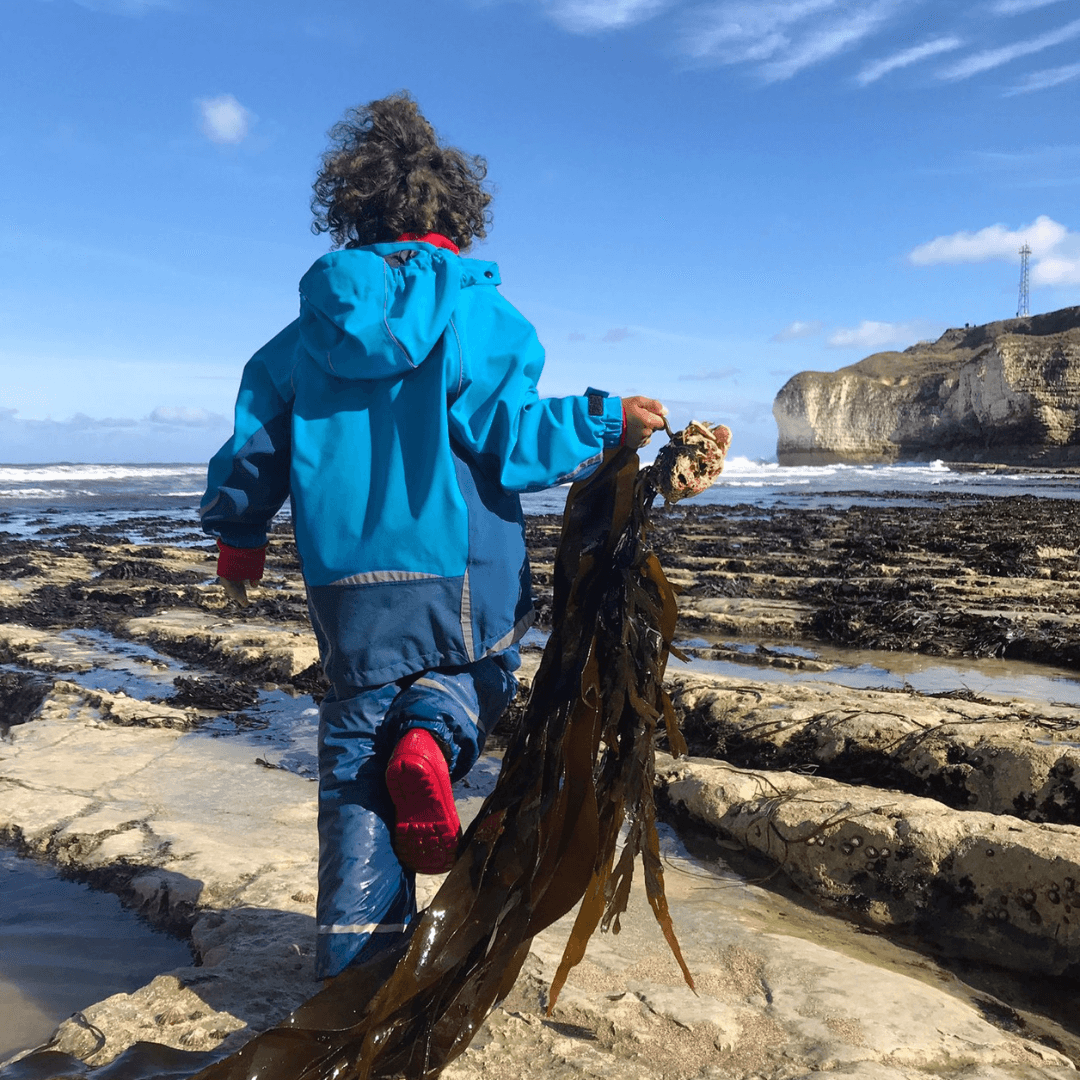
So, after reading all of that I think we can all agree that ‘it’s a hard rock life’ for the Common Limpet!

